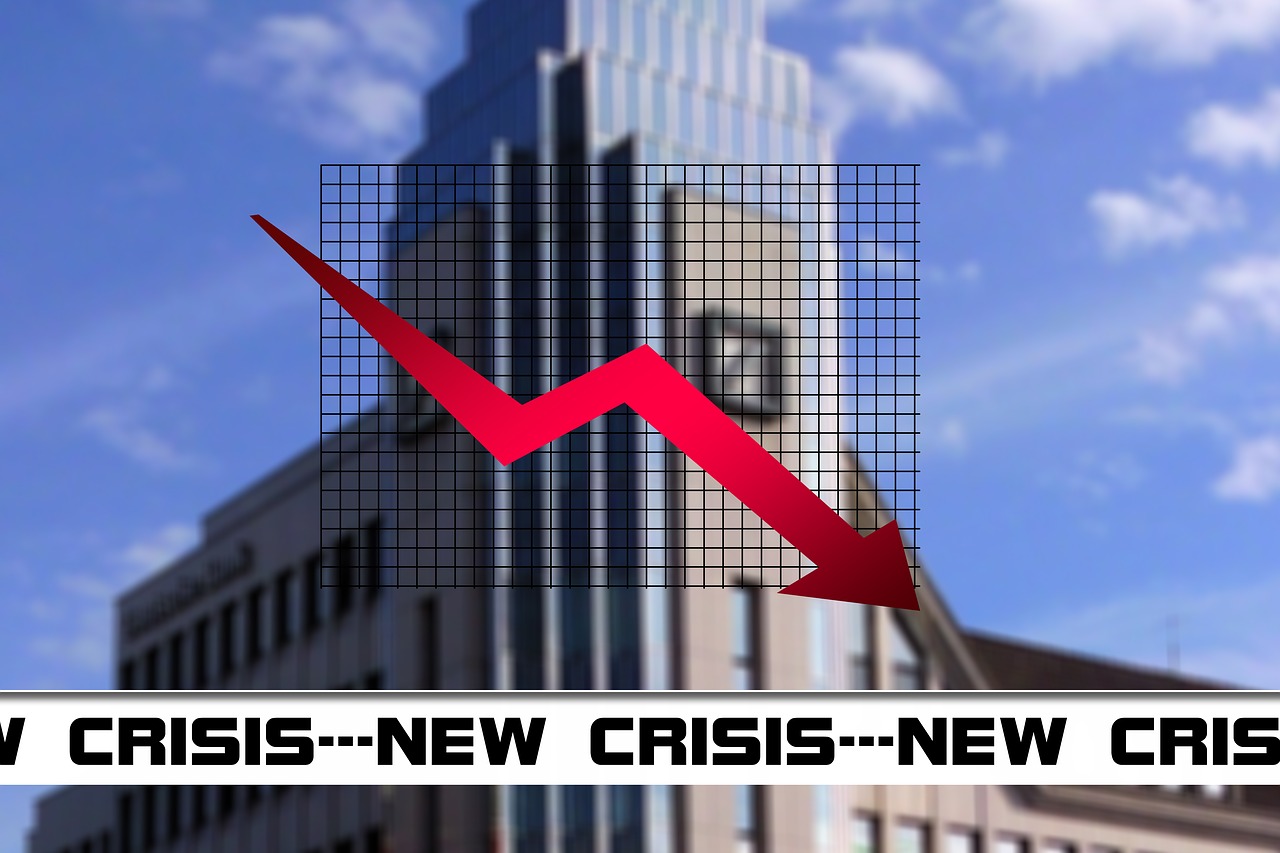Telecom & banking sectors have been the growth engines for Indian economy for a very long time and now both are under tremendous pressure due to poor economic growth and competition.
Telecom industry has been reeling under huge debt from last 6-7 years due to increased competition to acquire customers & have them stay loyal with them. At the same time, the limited natural resource, airwaves, which are called as Spectrum has been auctioned by the govt. at record high prices for various new technologies such as 3G & 4G.
With the entrance of Jio in 2015-16, it has further hurt the incumbents’ bottom-line leading to high debt, competition leading to low RPUs (revenue per user) and consolidation however in a larger picture has benefitted the consumer.
Banking sector is going through a similar space where high debt, high NPAs along with new form of financial instruments such as payment banks, e-wallets are impacting the sector in a big way with a big consolidation coming soon in the industry.
Banking Sector in India
The banking sector has close to 26 public banks, 20 private banks, 43 foreign banks, 56 regional rural banks and close to umpteen number of cooperative banks under Urban & rural category.
Along with this, there are some good NBFCs such as Ujjivan, Bharat Financial Inclusions, that are further pushing banking practices in the country and connecting far off places as well.
Public sector banks (PSB) control 70% of the banking assets and it is estimated that the sector will grow by 7-8% in FY 2017-18.
Out of the 26 PSBs, roughly half of them have posted losses for FY 2016 and does not have a very positive outlook for 2017. In fact, there has been an increase in NPA for most PSBs because of Prompt Corrective Action (PCA) been implemented by RBI leading to higher provisioning for these NPAs.
Although, Indian banks are considered among the safest in the world and have stood strong in global downturn but now with more domestic challenges in various sectors like Real estate, financial services and telecom, they are facing a daunting task of low credit recovery putting pressure on their Net Interest Income (NII) and increased Non Performing Advances (NPAs).
In 2016, demonetization was a big jolt to the economy however banking system was going to gain with huge amount of deposits coming their way that would help them reduce interest expenses as well as lend more at reasonable rates.
However, due to economic slowdown that the same demonetization brought, has impacted the credit growth in the country leading to a situation where banks has huge deposits, low credit and high non-performing advances. It is a catch 22 situation and can only be corrected when economy reboots itself!
High NPAs, Low Credit Growth & Sluggish Economy
Just like Telecom, banking sector is going through its test of time period or rather a make or break situation as due to slow down in a few key sectors such as real estate, financial services, telecom.
As per the Financial Stability Report (FSR) released by RBI, the deposit growth of scheduled banks has picked up but the credit growth has been very sluggish suggesting a slowdown in the economy across the sectors. This is putting more pressure on banks Net Interest Income (NII) and in particular the PSBs. A few facts to note,
- The credit growth of Scheduled Commercial Banks (SCBs) has declined Year-On-Year whereas deposits growth has increased.
- The banking stability indicator (BSI) worsened between September 2016 and March 2017 due to deterioration in asset quality and profitability
- SCBs profitability has improved by 48% in FY2016-17 mainly on account of higher income from other sources. However, for PSBs, the profitability has taken a further hit and posted negative returns on their assets.
- RBI estimates for FY2017-18, the Gross Non Performing Advances (GNPAs) will increase to 10.2% by March 2018 which was 9.6% in March 2017. This will severely impact the profitability of PSBs with most reporting losses.
- The net non-performing advances (NNPAs) ratio of SCBs increased marginally from 5.4% in September 2016 to 5.5% in March 2017.
- Another shocking fact that RBI has highlighted that the banks share in the credit growth has come down to 38% in FY2016-17 which was around 50% in FY2015-16. This means that the corporates are raising money at a lesser cost through other means. With already a big pressure on NII of banks due to higher NPAs, such reduction in credit growth share will further trickle down their margins.
Economic Factors impacting Banking Industry
- The Gross Value Added (GVA) growth for FY2015-16 was 7.9% which has now come down to 6.6% in FY2016-17 and is expected to be 7.8% in FY2017-18 on account of higher Foreign Direct Investment, real estate sector reforms and implementation of the new tax system, Goods and Services Tax (GST).
- Retail inflation has seen a severe drop to 2.18% in May 2017, a historic level largely due to fall in crude oil prices and price pressures. It is expected to be in range of 3-3.5% for FY2017-18. However, it is also indicating that demand is not picking up at a strong pace despite of inflation at lowest levels.
- On Fiscal Deficit, government has been doing well and reduced it to 3.5% of the GDP in FY2016-17 from 3.9% in FY2015-16. This is expected to be 3.2% for FY2017-18 and under 3% by FY2019.
- Debt servicing capacity on weak identified by RBI has further deteriorated in FY2016-17; the around 17% companies were identified as weak as compared to 16.4% FY2015-16 with increase in their share of debt by 1.5%.
- On sectors front, Telecom industry has the largest debt with negative profitability and high leverage which is further under pressure impacting their ability to serve their debt. The power, construction and iron & steel industries are having relatively high leverage and high interest burden.
- While the situation is improving but overall the demand looks sluggish across the sectors leaving very little scope of improvement for banking sector.
In lieu of this situation, banks have started cutting their costs and to start with HDFC & Yes Bank have considerably reduced their headcount.
Yes Bank has reduced its headcount by 2,500 in June 17 quarter which is more than 10% of its annual workforce of 21,000. While HDFC bank in last three quarters up to March 17 has reduced its workforce by 11,000.
SBI, the largest PSB in the country, has reduced its staff by 6,000 people in first quarter of FY2018 as it consolidates the operations of associate banks that have been merged with SBI. The reduction is further going to increase as they have introduced Voluntary Retirement Scheme (VRS) across the board.
With growing digital products, less dependency on branch banking, IT adoption and better connected digital population and consolidation in banking sector, it looks like banks would need less number of people as more and more tasks are either automated or become redundant such as passbook update, profile update, withdrawals and deposits.
Is it going to be a historic failure in Indian Banking?














Pingback: Ten Measures Modi & BJP Govt Need to Revive Indian Economy
Pingback: Indian Economy & Negative attention - What is wrong & What Next?
Pingback: Axis Bank Share Price Crash By 9%; Should You Buy?
Pingback: India’s Infrastructure Output Grew 5.2% in Sep 2017; Stocks to watch-out